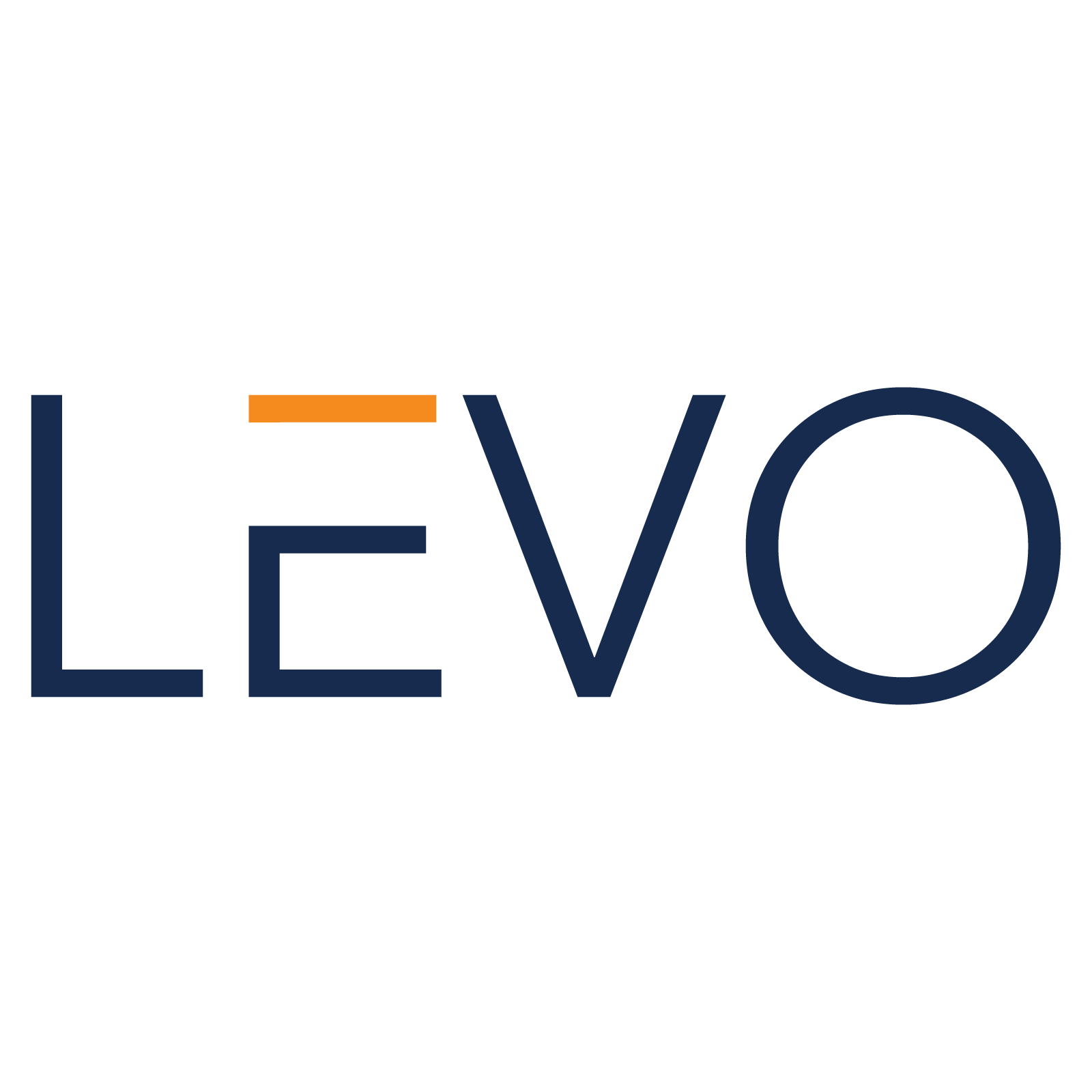Context of MCP Server adoption in Insurance
Insurance has long been seen as a data-heavy industry where decisions rely on vast amounts of structured and unstructured information. From underwriting risk profiles to processing claims, insurers deal with sensitive data at every step. Artificial intelligence is transforming this environment. Carriers are now deploying AI agents that can help underwriters assess applications, process claims automatically, and detect fraudulent activity faster than ever before.
To make these AI systems practical, insurers are relying on MCP servers. The Model Context Protocol serves as the bridge between AI agents and the diverse systems that hold customer data, policy information, and actuarial models. Instead of writing code for every integration, insurers can expose these systems as tools through an MCP server. AI agents can then trigger the right workflows by issuing natural language instructions.
For example, an AI agent tasked with “process this auto accident claim” can use an MCP server to pull policy details, request accident images, validate repair estimates against actuarial data, and check for fraud indicators. This orchestration, which once took multiple human teams and weeks of work, can now be executed in minutes.
The business case is strong. Faster claims processing improves customer satisfaction and retention. Automated underwriting lowers costs and improves consistency. Fraud detection powered by AI helps save millions annually. Yet only a small portion of insurers have moved beyond pilots. The bottleneck is security. Without assurance that MCP servers and the AI agents calling them are secure, compliance teams and regulators will not allow these systems to operate at scale.
Where MCP fits into Insurance Workflows
Insurance operations are full of workflows where MCP servers play a central role.
- Underwriting: AI agents use MCP servers to fetch applicant details, credit scores, medical history, and actuarial models. This allows quick calculation of risk profiles and pricing.
- Claims Processing: MCP servers connect AI agents to customer records, repair shops, medical providers, and fraud databases. The agent orchestrates approvals, payouts, or escalations.
- Fraud Detection: MCP servers allow agents to cross-check claims against known fraud indicators, historical records, and third-party data sources in real time.
- Customer Service: Policyholders interact with AI assistants that rely on MCP servers to answer questions about coverage, premiums, and claims status.
- Regulatory Reporting: AI agents pull data from multiple internal systems through MCP to prepare compliance documents for regulators.
MCP servers are like the central nervous system of these AI workflows. They coordinate inputs and outputs across multiple systems so agents can act autonomously. This power also makes them a high-value target. A misconfigured or compromised MCP can expose sensitive data, authorize fraudulent payouts, or create compliance violations.
The Unique Risks in Insurance (Data, Compliance, Trust)
Insurers handle some of the most sensitive personal and financial data. MCP adoption magnifies the risks already inherent in this business.
- Data sensitivity risks: Policyholder information includes medical records, accident histories, and financial details. MCP servers move this data across systems. A leak can lead to identity theft, regulatory fines, and reputational damage.
- Compliance risks: Insurance companies must comply with HIPAA, GDPR, state insurance laws, and now emerging AI regulations. MCP calls that cross jurisdictions or share data with third-party vendors without proper controls can trigger violations.
- Privilege escalation risks: AI agents sometimes need temporary authority to approve claims or process payments. If an agent gains excessive privileges through an MCP server, it could initiate fraudulent payouts or modify policy terms without oversight.
- Audit and accountability risks: Regulators require insurers to show who approved a claim or modified a policy. If an AI agent invokes an MCP call that cascades into multiple actions, attribution becomes murky. Without immutable logs, insurers cannot satisfy regulators.
- Trust risks: Customers expect insurers to protect their personal and medical information. One breach, one unauthorized claim approval, or one exposed record can erode trust permanently. In an industry already challenged by customer loyalty, trust is everything.
Why Legacy Security Fails
Insurance firms already use a wide range of security tools. They have IAM systems, firewalls, DLP tools, SIEMs, and fraud detection engines. Yet none of these are sufficient for MCP security.
- IAM limitations: IAM is designed for human identities. AI agents create and use temporary identities on the fly. IAM cannot attribute actions when tokens shift dynamically.
- Perimeter controls fall short: Firewalls and gateways watch traffic entering and leaving the insurer’s environment. MCP risks happen inside agent to MCP, MCP to claims system, MCP to actuarial database. These east-west flows go unseen.
- Static fraud detection is not enough: Fraud systems look for patterns in historical claims. MCP enabled AI agents generate workflows dynamically. Static systems cannot predict every possible sequence of actions.
- DLP blind spots: Data Loss Prevention tools focus on storage systems. They do not see sensitive data flowing through prompts, embeddings, or responses inside MCP chains.
In short, legacy tools give insurers a false sense of control. They protect yesterday’s risks but leave today’s MCP enabled workflows wide open.
How Runtime MCP Security Enables Adoption Safely
Runtime MCP security solves the problems that legacy tools cannot. It brings control to the dynamic flows created by AI agents and MCP servers.
- Visibility: Runtime tools trace every agent-to-MCP call and downstream system interaction. Insurers can see exactly what data was accessed, by which agent, and for what purpose.
- Data redaction and compliance enforcement: Sensitive information such as PHI or financial records can be redacted inline. Data residency and vendor restrictions can be enforced in real time, ensuring compliance with HIPAA and GDPR.
- Scoped permissions: Agents are given only the minimum privileges needed to complete a task. These privileges can be revoked mid session if anomalies are detected.
- Inline enforcement: Security policies act in the flow of operations. If an AI agent attempts an unauthorized action, the session is blocked immediately, protecting systems from fraudulent behavior.
- Audit grade evidence: Every MCP call and outcome is logged immutably. This gives insurers the ability to demonstrate compliance and accountability to regulators without manual overhead.
By embedding these guardrails, runtime MCP security transforms AI from a risk to an enabler. Insurers can move forward with AI adoption confidently, knowing that compliance and customer trust remain protected.
How Levo Can Help
Levo extends its runtime security expertise into MCP and AI environments. For insurers, this provides several advantages.
- Privacy-first model: Sensitive policyholder data never leaves the insurer’s environment. Only anonymized metadata is processed.
- Deep runtime visibility: Kernel level sensors capture every agent-to-MCP-to-API flow without requiring code changes.
- Cost efficiency: With less than one percent overhead, Levo can scale across billions of MCP calls without draining budgets.
- Audit readiness: Continuous logs and automated evidence generation meet HIPAA, GDPR, and insurance specific regulations without heavy manual effort.
With Levo, insurers can accelerate AI adoption, streamline underwriting and claims, and maintain compliance all while safeguarding the customer trust that underpins their business.
Conclusion
Insurance is a promise of trust. Customers pay premiums because they believe insurers will protect them in times of need. AI and MCP servers can help insurers fulfill that promise faster and more efficiently. But without runtime security, these same technologies can create breaches, fraud, and compliance failures that undermine everything. By securing MCP servers, insurers not only prevent risks but also turn AI adoption into a competitive advantage. Safe MCP adoption ensures that trust remains at the center of every policy and every claim.


.jpeg)
.png)

.png)
.png)
.png)
